Hol Dir den wöchentlichen SPARTANAT-Newsletter.
Dein Bonus: das gratis E-Book von SPARTANAT.
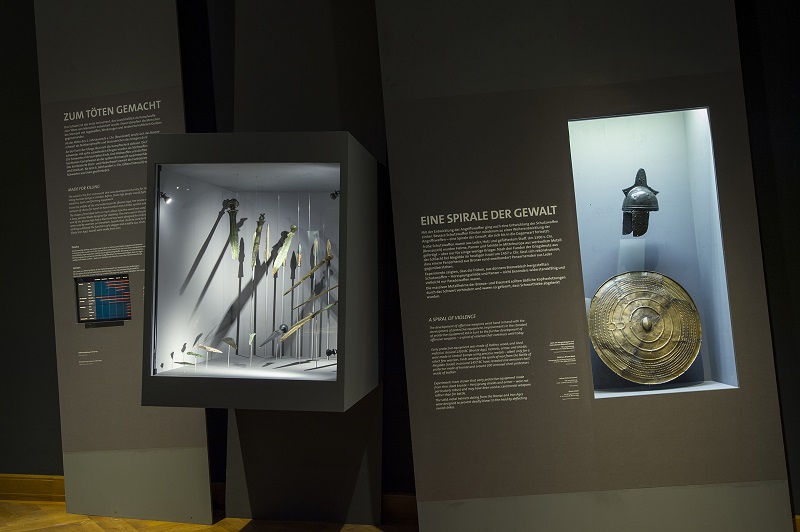
Naturhistorisches Museum Wien: „Krieg. Auf den Spuren einer Evolution“
100 Jahre nach dem Ende des Ersten Weltkrieges 1918 und 400 Jahre nach Beginn des Dreißigjährigen Krieges 1618 versucht das NHM Wien in einer Sonderausstellung das Phänomen „Krieg“ anhand historischer Belege greifbar zu machen: „Lernt der Mensch aus seiner Geschichte?“, „Was ist Aggression?“, „Seit wann gibt es Krieg?“ und: „Ist Krieg unausweichlich, weil menschlich?“ sind unter anderem Fragen, die in der Schau beleuchtet werden.
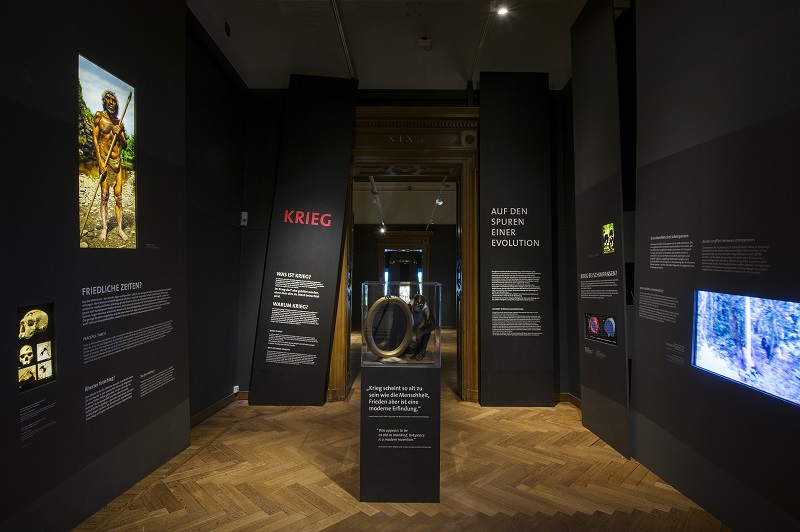
Die Ausstellung entstand in Kooperation mit dem Landesmuseum für Vorgeschichte Halle und beruht auf dem Konzept der erfolgreichen Sonderausstellung „Krieg – eine archäologische Spurensuche“, die vom 6. November 2015 bis zum 22. Mai 2016 im Landesmuseum für Vorgeschichte gezeigt wurde. Das Naturhistorische Museum Wien und das Landesmuseum für Vorgeschichte Halle sind bereits seit der großen Landesausstellung rund um die Himmelsscheibe von Nebra „Der geschmiedete Himmel“ (2004) durch einen lebendigen wissenschaftlichen und technischen Austausch miteinander verbunden. Diese Verbundenheit führte auch zum Abschluss des Kooperationsvertrages zur wissenschaftlichen Zusammenarbeit und Durchführung der Ausstellung „Krieg. Auf den Spuren einer Evolution“ im Juli 2017.
Enorme Fortschritte in der Forschung
Die Erforschung des Phänomens „Krieg“ hat in den letzten 20 Jahren enorme Fortschritte gemacht: Schlachtfelder und Befestigungen wurden ausgegraben, Massengräber geborgen, unzählige Skelette mit Verletzungsspuren untersucht, Waffen sowie bildhafte Darstellungen und historische Texte analysiert. Archäologische und anthropologische Forschungen lieferten wichtige Erkenntnisse über Kriegsführung und die Folgen der Kriege von der Ur- und Frühgeschichte bis in die Neuzeit.
Die Entwicklung vom Werkzeug zur Waffe, vom Zweikampf zum Massenmord, vom mythischen „Helden“ zum namenlosen Soldaten, der als „Kanonenfutter“ dient, ist zentrales Thema der Ausstellung.
Das Massengrab von Lützen ist im Rahmen der Schau „Krieg. Auf den Spuren einer Evolution“ erstmals außerhalb Deutschlands zu sehen und eines der Highlights der Ausstellung – zum einen, weil es als anschauliche Metapher den Krieg der Neuzeit repräsentiert und gleichzeitig einen Brückenschlag, zurück zu den Anfängen des Krieges, ermöglicht:
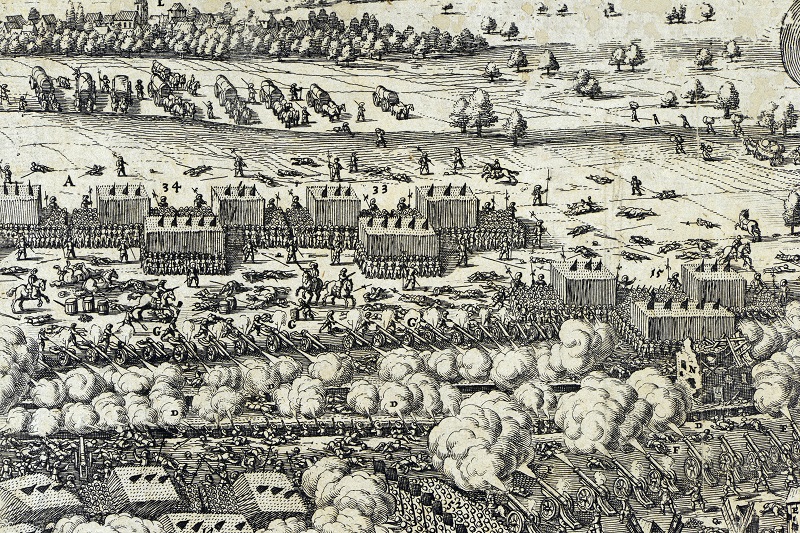
Sechs Stunden lang dauerte die Schlacht von Lützen, bei der sich 1632 in den Feldern rund um den kleinen Ort zwischen Leipzig und Naumburg mehr als 6.000 Männer niedermetzelten – einer der größten, verlustreichsten und blutigsten Waffengänge des Dreißigjährigen Krieges. 2011 hievten Forscherinnen und Forscher einen 55 Tonnen schweren Erdblock mit sechs mal sieben Meter Grundfläche, befestigt an einem Gerüst aus Holz und Stahl, aus dem Boden – die Grabstätte von 47 Soldaten, die in der Schlacht ihr Leben ließen. Ein Mahnmal des Krieges, das mit modernsten Techniken untersucht wurde und Einzelschicksale, sowie Todesursachen so detailliert wie möglich rekonstruierte.
Archäologische Spurensuche
Die Ausstellung ist eine archäologische Spurensuche: „Die eindrucksvollen Befunde aus Halle an der Saale werden durch österreichische Skelette von der Jungsteinzeit bis zum Mittelalter ergänzt, die Spuren von Gewalt belegen,“ erläutert Karin Wiltschke-Schrotta, interimistische Leiterin der Anthropologischen Abteilung des NHM Wien die Schau. Die ausgewählten menschlichen Knochen zeigen die unterschiedlichsten, tödlichen Verletzungen, die durch neolithische Beile, römerzeitliche Geschossboltzen, hunnische dreiflügelige Pfeilspitzen sowie Hiebe mit einem mittelalterlichen Schwert verursacht wurden. „Die Dummheit der Menschen“, meint Anton Kern, Direktor der Prähistorischen Abteilung des NHM Wien, „scheint grenzenlos. Belegen lässt sich das aufgrund ihres Bestrebens nach immer `besseren` Waffen – und das schon seit der Steinzeit.“
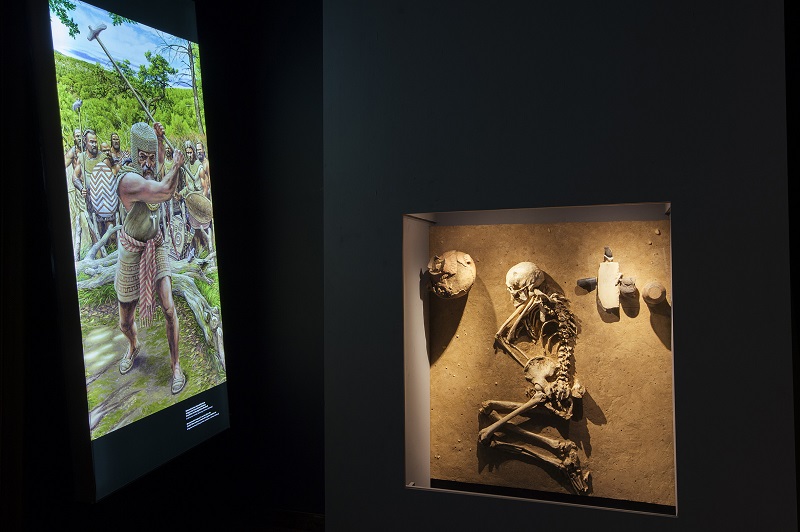
Mit 7.000 Jahre alten Waffen und menschlichen Schädeln mit Spuren von Gewalteinwirkung liefert die Ausstellung die ältesten, bislang bekannten Nachweise eines Massakers aus Schletz, Niederösterreich. Goldene Lockenringe zeugen als Fund im Tollensetal in Mecklenburg-Vorpommern davon, dass es bereits in der Bronzezeit Anführer, sogenannte Eliten, am Schlachtfeld gab.
Aus den Knochen jener Soldaten, die 1809 im napoleonischen Krieg auf den Schlachtfeldern von Asparn und Deutsch Wagram getötet wurden, lässt sich mit forensisch-anthropologischen Methoden viel über das Schicksal einzelner, an der Schlacht beteiligter Menschen ablesen.
Sonderausstellung im Narrenturm
Wie nachhaltig und zerstörerisch sich Krieg auf Überlebende auswirken kann, zeigen Prothesen, die verstümmelten Soldaten nach dem Ersten Weltkrieg das Leben erleichtern sollten und heute Bestandteil der pathologisch-anatomischen Sammlung des NHM Wien im Narrenturm sind. Sie fungieren als Überleitung zum zweiten Teil der Ausstellung:
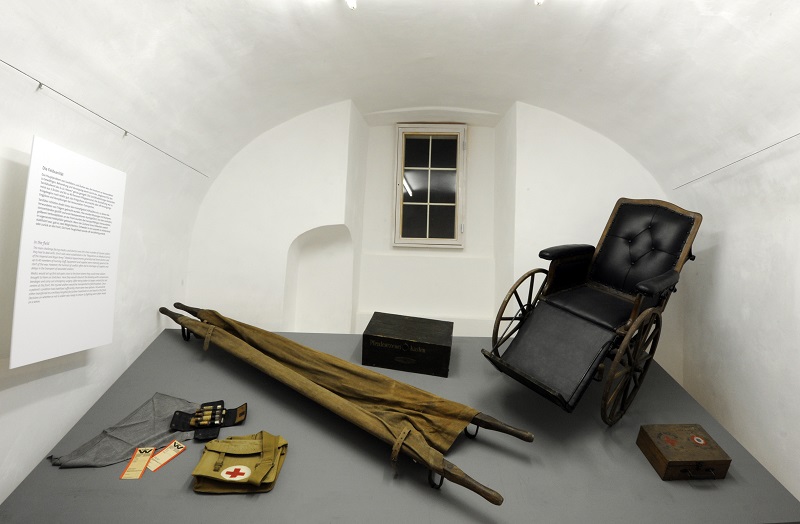
Im Narrenturm wird die Sonderausstellung mit dem Thema „Medizin im Ersten Weltkrieg“ erweitert. In drei renovierten Räumen dokumentieren Objekte der pathologisch-anatomischen Sammlung des NHM Wien die typischen Verletzungen des ersten Weltkrieges, das Können von Lorenz Böhler mit dem Beginn der Unfallchirurgie und die rekonstruierenden Maßnahmen dieser Zeit.
Die Ausstellung ist ein Beitrag zum Europäischen Kulturerbejahr 2018.
Ausstellungsbegleitend gibt es ein Rahmenprogramm mit Vorträgen, Themenführungen und Blicken hinter die Kulissen des Hauses.
Außerdem werden im Ausstellungs-Blog unter www.nhm-wien.ac.at/krieg/blog Hintergrundinformationen, Expertenbeiträge und Wissenswertes zum Thema Krieg veröffentlicht.
Bei einer Foto-Challenge mit dem Titel #NHMLoveNotWar können Nutzerinnen und Nutzer, ihre Beiträge zum Thema „Frieden“ in den Sozialen Medien posten: https://www.nhm-wien.ac.at/makelovenotwar
Die Ausstellung „Krieg. Auf den Spuren einer Evolution“ findet mit freundlicher Unterstützung der ASFINAG statt.
Das Naturhistorische Museum im Internet: www.nhm-wien.ac.at
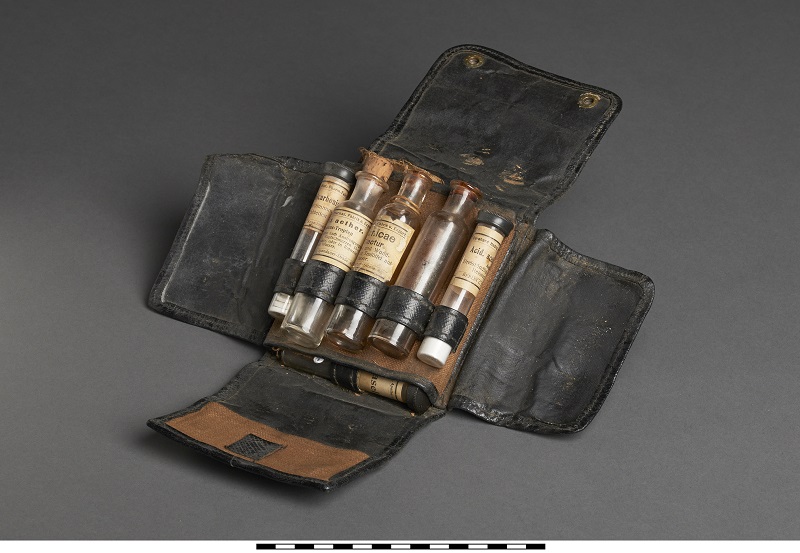
SPARTANAT ist das Online-Magazin für Military News, Tactical Life, Gear & Reviews.
Schickt uns eure News: [email protected]
Werbung
Hol Dir den wöchentlichen SPARTANAT-Newsletter.
Dein Bonus: das gratis E-Book von SPARTANAT.


